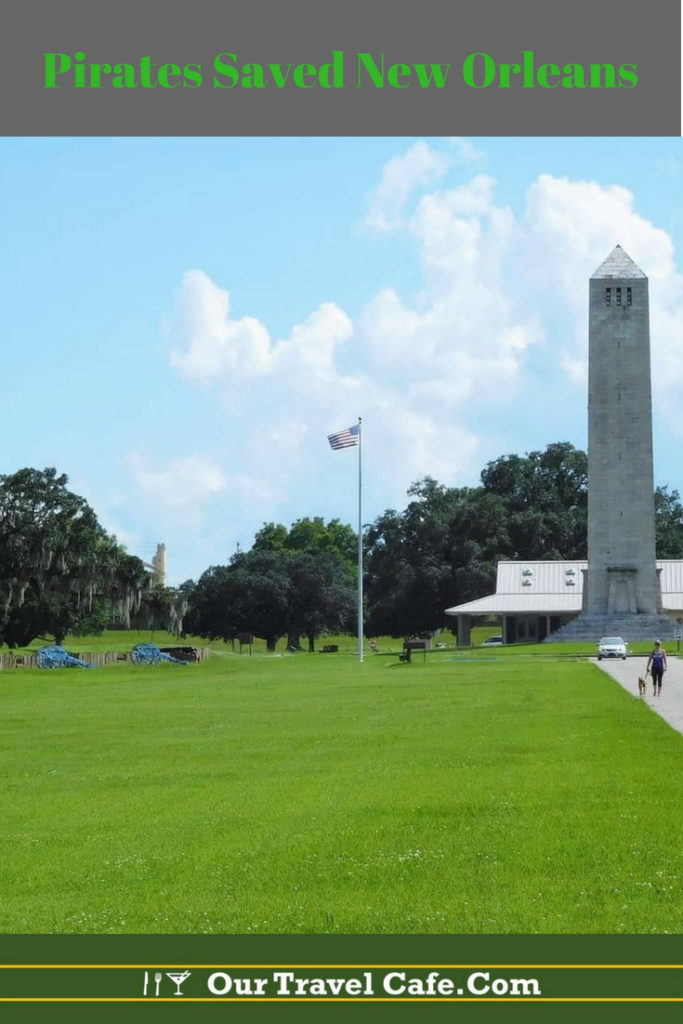In the swamps of South Louisiana one has to mix in voodoo and pirate lore to create the real Battle of New Orleans gumbo.
In late 1814, General Andrew Jackson and a ragtag band of regular US soldiers and a variety of backwoods militia traveled down the Mississippi River, where South of New Orleans they met up with locals, freed slaves, Islenos, Choctaw tribesman and pirates to defend the city against the invading 8,000-troop British army. What they didn’t know when they met on Chalmette Battlefield on Jan. 8, 1815, was that the US and Great Britain weeks earlier had signed a treaty that ended the War of 1812.
How these Americans defeated a force twice their size is a great study in negotiation, leadership and military tactics, but in the swamps of South Louisiana one has to mix in some voodoo and pirate lore to fully appreciate the real battlefield gumbo.
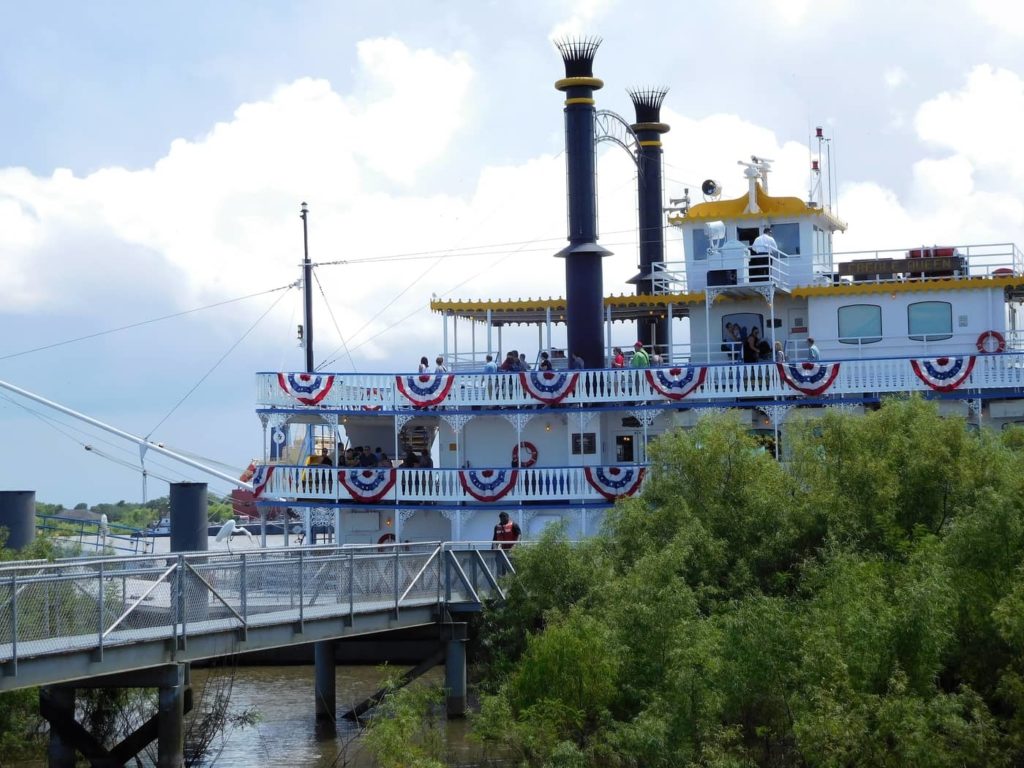
With apologies to songwriter Jimmy Driftwood and singer Johnny Horton, who made the song “Battle of New Orleans” a 1959 chart-topper, we took our own little trip along the pathway of General Jackson down the mighty Mississip’ to the Chalmette Battlefield. Today, the site is part of the multi-location Jean Lafitte National Historical Park and Preserve, named for the local Gulf Coast pirate who was a critical part of the negotiations leading to, fight for, and aftermath of the battle.
The Battle Story
Visiting on a steamy summer afternoon, we watched a New Orleans touring paddlewheel ship dock at the river, calliope playing while the visitors disembarked for a brief history tour. We joined the park rangers who met the group, listened in on the “official” battle story, then stuck around for a short personal discussion focused on Jean Lafitte and his pirate band. We were thankful for the large oak trees and gentle breeze that so slightly moved the heavy, thick Louisiana summer air.
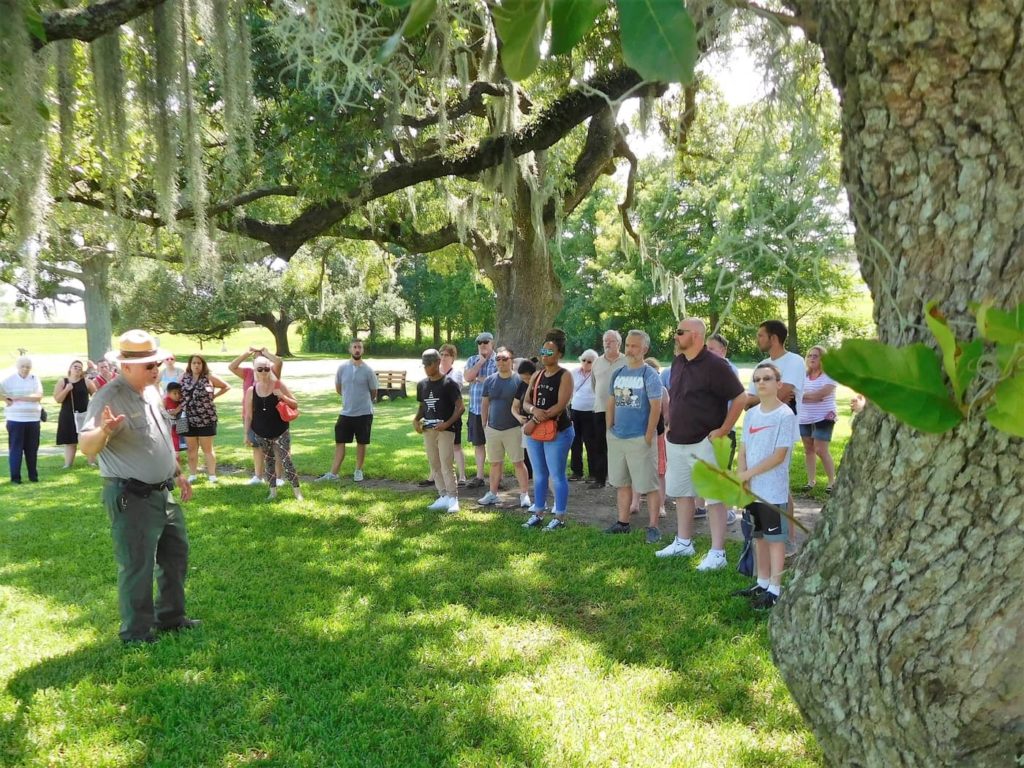
While history looks most closely at the final battle at Chalmette on January 8, 1815, the British had approached New Orleans in November 1814, and attacked in a naval skirmish on Lake Borgne east of the city in December. After the British landed their troops southeast of the city, they marched through swamps and fields toward the river. After a meeting between General Jackson and Jean Lafitte at the Old Absinthe House in New Orleans, the Americans waited at a mill canal, digging it deeper and heaping the heavy mud to form a defensive wall. With the Mississippi River to the west, a near-impassable swamp to the east and a canal and wall in front, the Americans commanded a strong defensive position.
When the British main force attacked the fortified position marching in their traditional formed units, they were easy targets for the artillery and rifles of the sharpshooting Americans. In just over 25 minutes of battle, the British lost more than 2,000 men – including their commanding general – while the victorious Americans lost less than 100.
Chalmette Battlefield Today
Visitors today can get a brief history of the battle and short film in the Visitor Center. If you visit in the summer, linger longer and enjoy the air conditioned comfort before the humidity hits you at the exit door. If you dare to visit the 100-foot tower that honors the troops who fought here, be prepared for 122 steps up a narrow passage where steps can be wet and slick thanks to that humidity. While the climb offers a birds-eye view of the battlefield, maximum capacity is 10 adults at any time.
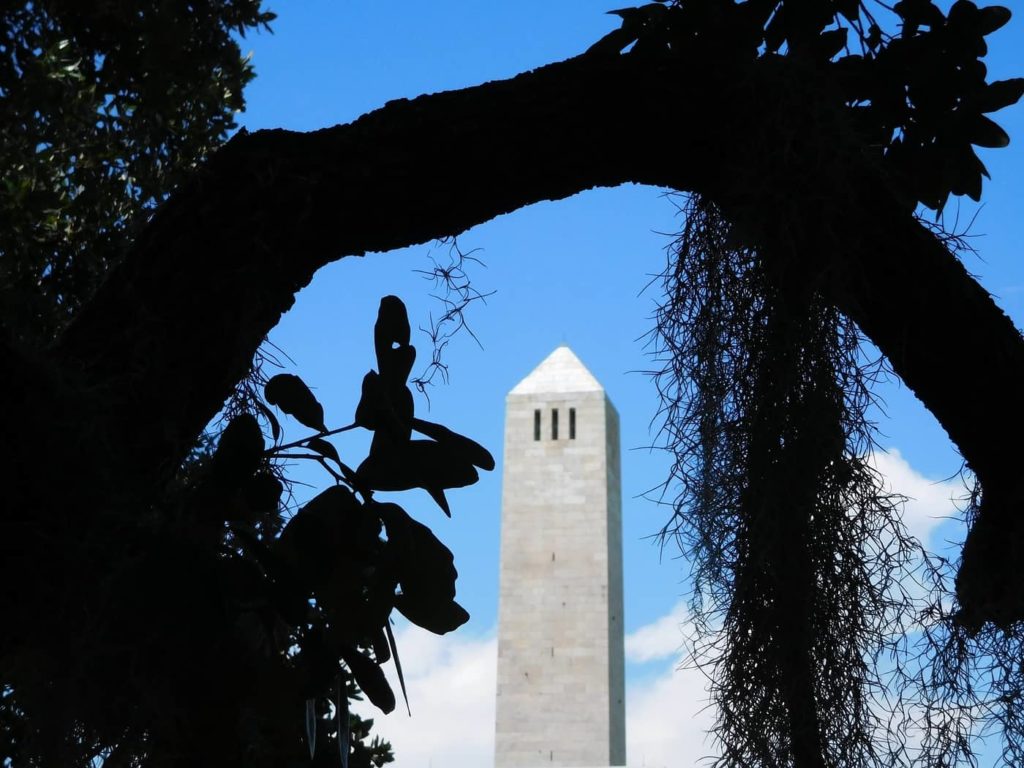
A road tour allows cars to drive around the battlefield from where the British began their attack, and stare into the obstacles they faced in their full-frontal attack. The intrepid and prepared can walk (or bike) the 1.3 mile round-trip, stopping along the way at several points of interest marked with historical plaques.
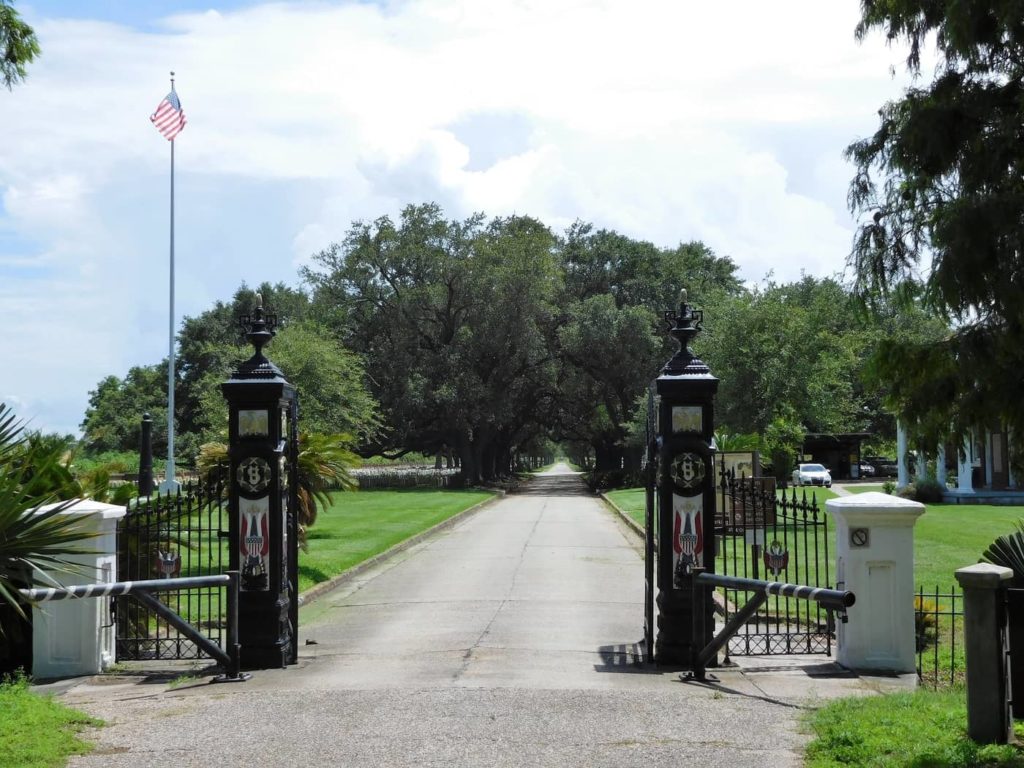
There’s also a walking path over to the Chalmette National Cemetery, adjacent to the battlefield. It’s one of the oldest national cemeteries, and is the final resting place of several veterans of the Battle of New Orleans moved there years later.
Pirate Stories, Swamp Tours and Voodoo
As mentioned, Chalmette Battlefield is part of the six-location Jean Lafitte National Historical Park and Preserve. If you’re headed back to New Orleans (or if you’re starting there), the French Quarter Visitor Center on Decatur Street is the main in-city location for the park. Voodoo queen Marie Laveau was active in New Orleans at the same time as Jean Lafitte, so you’re sure to hear some historical stories and wild speculation about how their lives may have intersected.
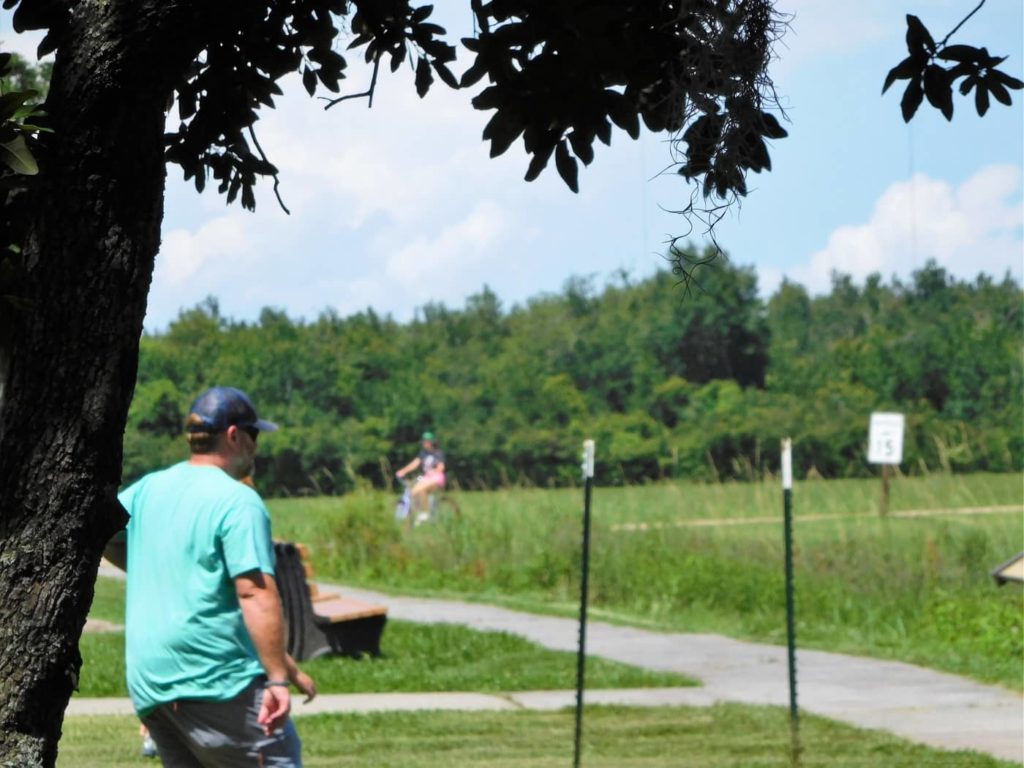
Across the river and in the swamps, you’ll find the Barataria Preserve, offering guided nature walks and the opportunity to see alligators and other swamp creatures. Barataria and the surrounding waters were once the main route for Lafitte and his pirates after their privateering raids in the nearby Gulf. While you’re in the area, book an air boat tour to get deeper into the Louisiana swamps similar to those seen in History Channel’s “Swamp People.”
And for those who have more time, three additional locations to the west in Thibodaux, Lafayette and Eunice offer a variety of local fare, from boat rides to Cajun zydeco music and more.
Home Style Side-Tripping
Since this is close to home for us, we’ve made lots of side trips on the way to here, there or elsewhere in South Louisiana. We’ve covered several in our blog, so if you’re considering visiting the following locations, check out our related blog posts:
Thibodaux, LA: Jean Lafitte Wetlands Acadian Cultural Center, see My Great Grandfather Was a Cajun Bootlegger.
Baton Rouge, LA, home to Louisiana’s State Capitol and LSU, see Calling Baton Rouge
Biloxi and Gulfport, MS, to the casinos and beaches, see, Family Get-Away to Margaritaville and Trawling the Mississippi Shrimp Trail.
Mobile, AL, if you’re driving I-10 or heading to Florida, see, Mardi Gras and Moon Pies in Mobile.
Social Media Suggestions
If you like our “stuff” and help us by posting on Social Media, here are a few formatted images for your consideration:
Formatted for Twitter:
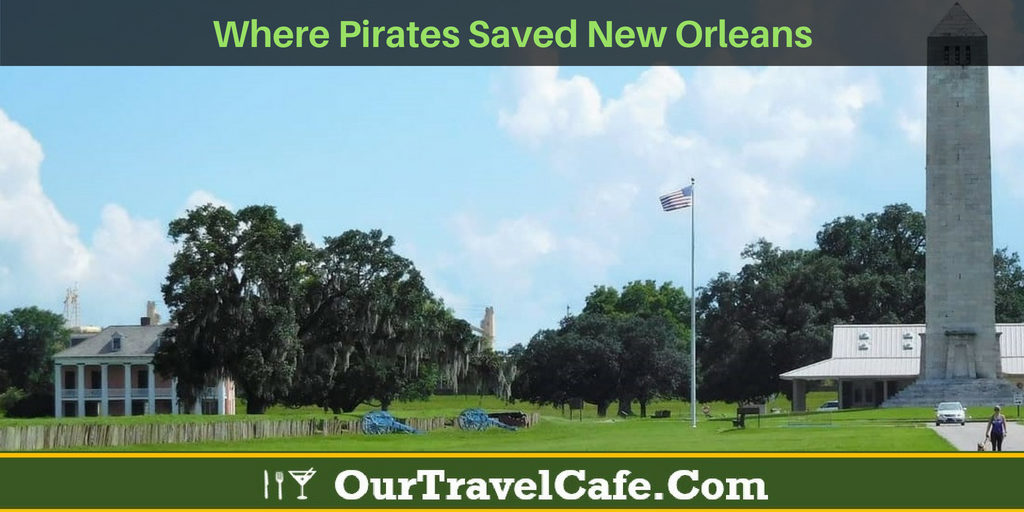
Formatted for FaceBook:

Formatted for Instagram:
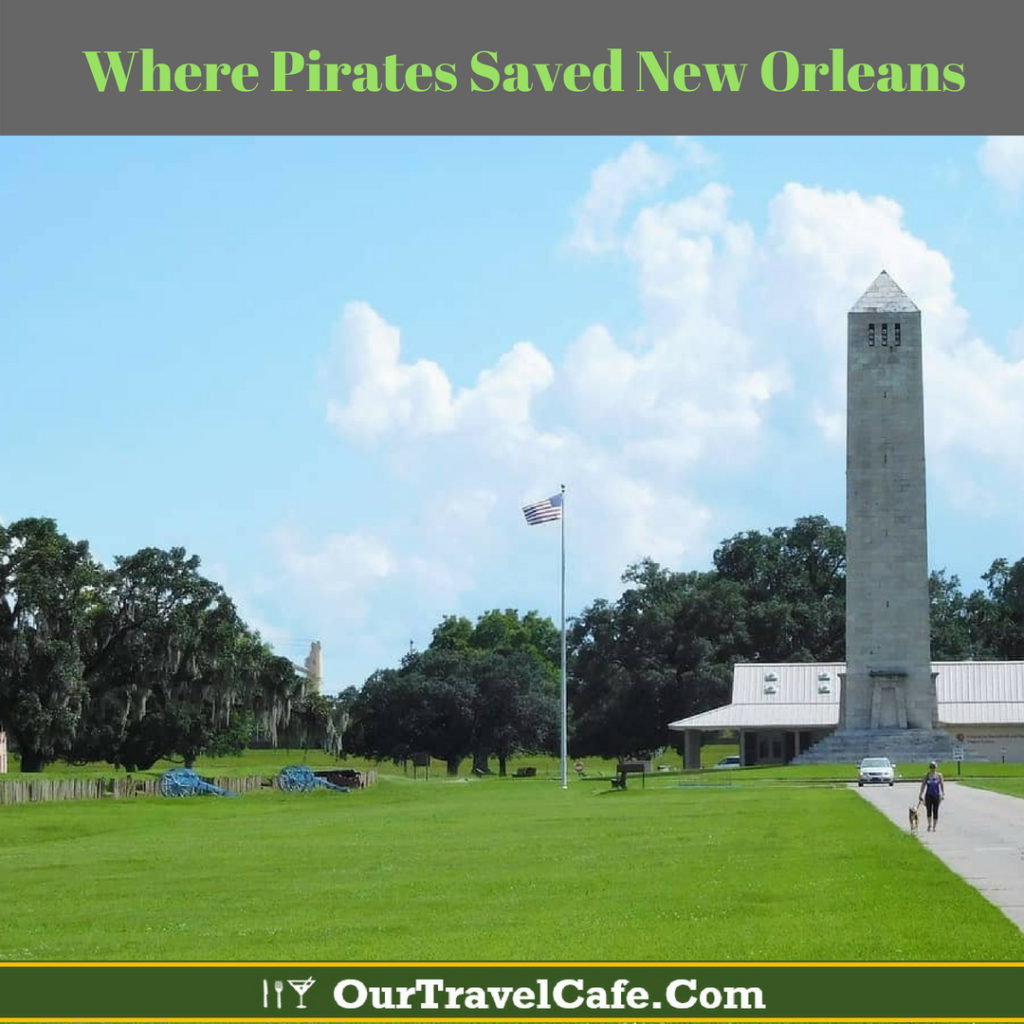
Formatted for Pinterest